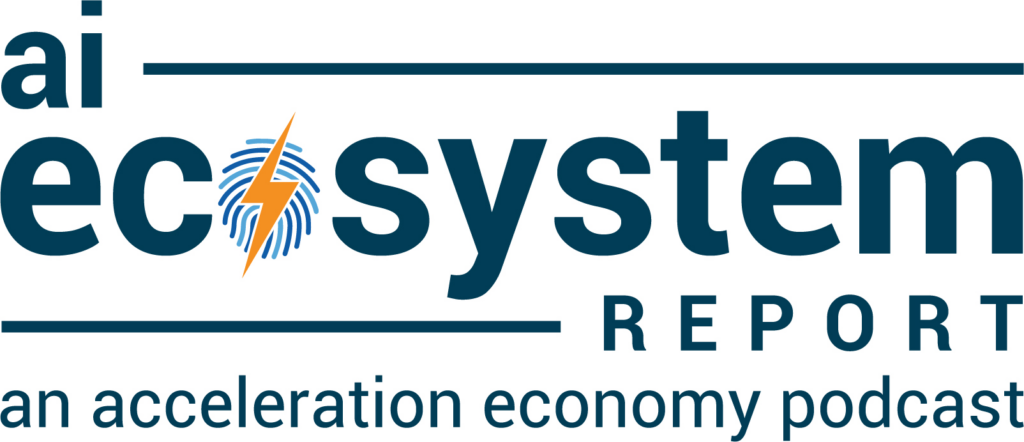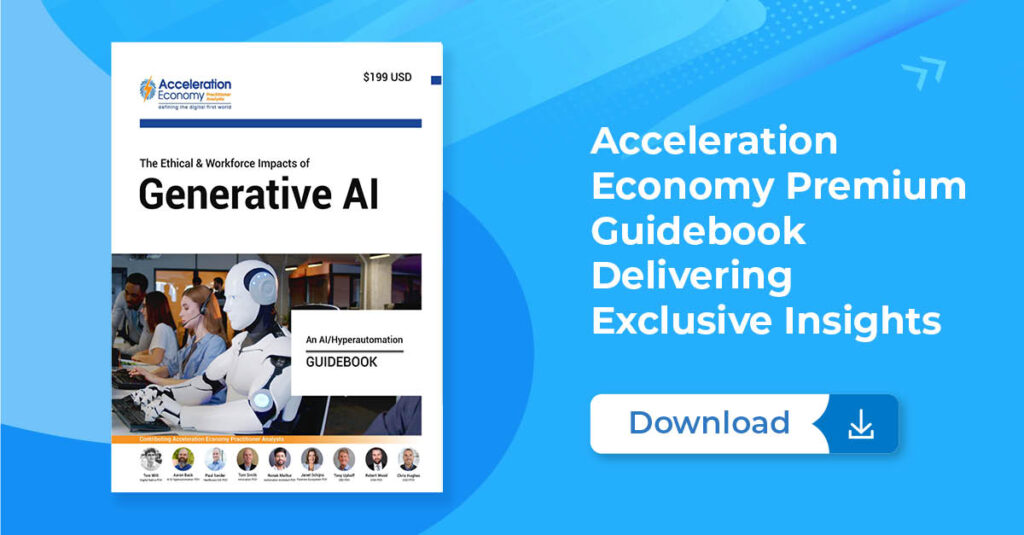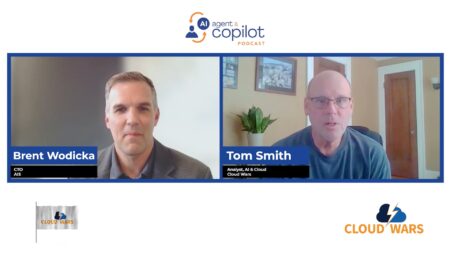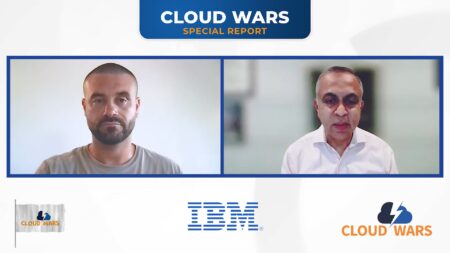Marlon Dumas, co-founder and chief product officer at Apromore, met with Acceleration Economy to address the top five buyer questions developed by our practitioner analysts representing the modern executive buying committee, as part of the vendor Q&A portion of the Process Mining Battleground.
Founded in 2009, Apromore has been dedicated to developing an easy-to-use platform for democratic, no-code process mining since its inception. While no-code functionality is a key differentiator of Apromore’s technology, Dumas explains how artificial intelligence (AI) integration and other innovations enable the company to offer robust process mining functionality to customers. Below are the biggest takeaways from our discussion.
Top Customer Use Cases and Industries
Dumas opened the discussion by emphasizing Apromore process mining’s role, and value, in business functions that touch the customer. “It’s really about customer-facing processes,” Dumas says. “All of the use cases we see driving adoption are around that.”
In the banking sector, for example, Apromore helps managers improve customer onboarding processes and reduce the time it takes to make decisions, such as those involved in loan origination and loan processing. In the insurance sector, Apromore aids one of the largest insurers in the United States in policy management, reducing the time it takes to underwrite claims handling processes. (The insurance example is insightful and powerful because policy management is among the most fundamental functions in that industry.)
In the telco and utility sectors, Apromore helps customers optimize their customer-facing processes, such as field service management.
Dumas explains how Apromore enables companies to manage touchpoints in customer-facing processes that, when not managed effectively, can negatively impact key performance indicators (KPIs), increase violations of service-level agreements (SLAs), or raise customer churn. By identifying these touchpoints, organizations have the knowledge to address them.
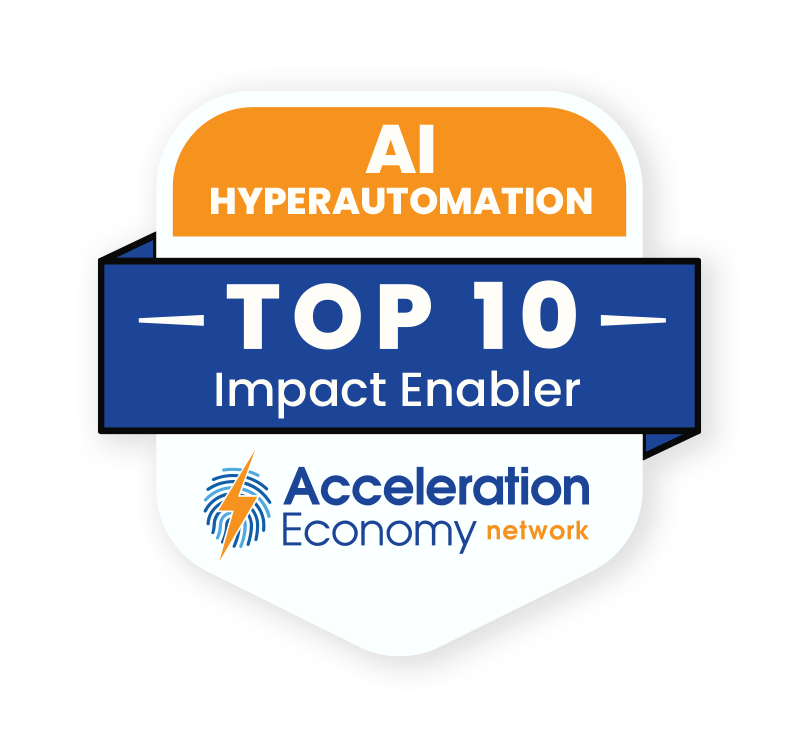
Which companies are the most important vendors in AI and hyperautomation? Check out the Acceleration Economy AI/Hyperautomation Top 10 Shortlist.
How Apromore Addresses Shifting Priorities and Macroeconomic Conditions
The big priority among customers in 2023 has been time to value. Specifically, customers are looking to their process mining systems, and to analytics in general, to extract value in a matter of weeks, not months. The question, according to Dumas, is how to enable business teams to identify the points of friction in their customer touchpoints quickly, so they can proceed to address them in a timely manner.
Because of that need to deliver value in a timely fashion, Apromore is doubling down on no-code process mining, which provides a point-and-click interface that allows business users to rapidly analyze and identify improvement opportunities. With this functionality in place, time to value accelerates.
Dumas summed up the company’s approach to time to value and how that helps customers respond to current macroeconomic turbulence. “How do we enable a business team to identify the friction points in their customer touch points tomorrow, next week, the following week,” he says, “and not to launch a big project with 10 data engineers and 10 data scientists, and hope that in six to 12 months’ time, we’ll figure out what’s going on?”
Top Differentiators
Dumas identified Apromore’s key differentiators as no-code functionality, digital process twins, and AI-powered predictive process monitoring. More details on each of these are provided below.
Dumas describes Apromore’s no-code features as its greatest differentiator, and this focus has been in place since the company’s founding. “It’s the citizen process mining approach,” says Dumas. “Whatever we offer is packaged in a way that can be used by business users, by the business teams themselves.” Today, Apromore is improving its software with AI functionality to further reduce time to identify problems and accelerate time to value.
“We are not looking at generating code [with generative AI]. It doesn’t make sense to us because we are a no-code solution. We are looking at generative AI as a vehicle for automated process improvement.”
Marlon Dumas, co-founder, Apromore
Apromore analyzes data to drive change — and not retrospectively — using digital process twin technology. This entails use of AI to build simulation models that capture how employees prioritize and manage their work. Using these simulations, business users can ask important questions about processes and how they need to change to become more efficient. “Business users can literally start asking questions like, ‘What changes can I make to improve . . . my time to decision in the context of loan origination’?”
Dumas explains how predictive process monitoring enables organizations to use historical data to train machine learning models that can be used to make accurate, process-focused predictions.
Making It Easier To Adopt Process Mining
Like many technology companies, Apromore has been required to react to customer budget constraints in the wake of the economic downturn. Apromore used the downtime brought on by the COVID-19 pandemic to tailor its offering to align with the needs of customers.
In that period, the Apromore development team rearchitected the entirety of its platform to enable users to scale up and down instantly in the cloud. This meets the fluctuating budgets of many organizations and enables them to analyze as many processes as they need. “We completely rebuilt it on top of a technology called Elastic Map Reduce. That’s very techie but what it means is we are on the cloud, and we can auto-scale in both directions, up and down, instantly.”
One of North America’s largest insurers has taken advantage of this development. The insurer started with a small team of five to six analysts who work on a given process and then move through other processes. As additional teams see value, they tend to purchase additional licenses.
AI’s Role in the Product Roadmap
Apromore uses generative AI to examine processes discovered from data. The AI algorithm, in turn, makes suggestions on improving the process.
“We are doing things a little bit differently as far as generative AI is concerned,” says Dumas. “We are not looking at generating code, anyway. It doesn’t make sense to us because we are a no-code solution. We are looking at generative AI as a vehicle for automated process improvement.”
The process improvement recommendations from generative AI are fed into the process mining system. “Then we bring up the subject matter expert to tell us what changes are feasible, which changes are not feasible, and which make no business sense.” These suggestions are refined into a shortlist. Collectively, Apromore call these steps automated process improvement.
Dumas conveyed some skepticism over the use of generative AI outputs in explaining the company’s approach: “Generative AI tells as many truths as falsehoods.”



